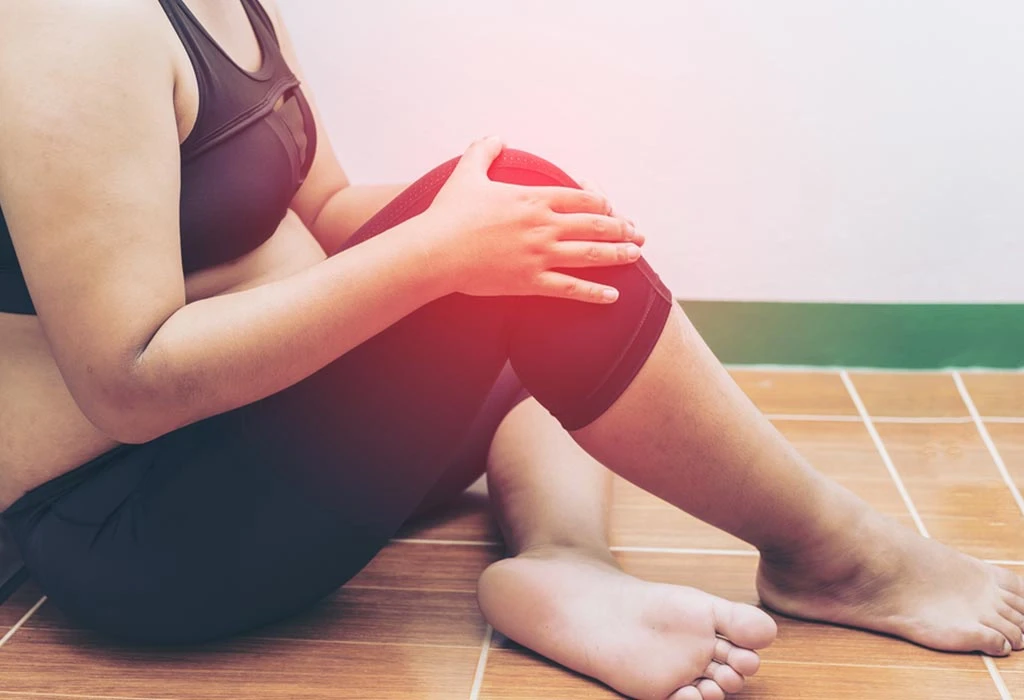Joint pain during pregnancy is not uncommon and can occur at any point during your first, second, and third trimester. While joint pain can be uncomfortable and limiting, the good news is, there are safe and effective ways to relieve your symptoms at home.
Joint pain pregnancy causes
Every woman experiences pregnancy differently. That being said, joint pain is often caused by one or a combination of the following factors:
- Weight gain on the lower half of your body
- Postural adjustments that your body makes to accommodate for pregnancy
- Ligament relaxation caused by a hormone called relaxin
This list is by no means comprehensive, and there may be other reasons you are experiencing joint pain during pregnancy. For example, as your uterus expands, it relocates your centre of gravity. This stretches and weakens your abdominal muscles, putting more pressure on your joints.
Treating joint pain at home
Your day-to-day activities can become uncomfortable, if not impossible, due to joint pain. Pregnancy is supposed to be a joyous time filled with excitement and anticipation, not an unpleasant experience that leaves you feeling lousy.
If you are experiencing tightness or aches across your body, give the following tips a try. These may assist in treating joint pain by realigning your posture and relieving stress.
Try a belly band
If it's lower back pain you are experiencing, try wearing a belly band. A belly band wraps securely around your stomach, providing additional support to your abdomen.
Exercise regularly
Exercise is beneficial through all stages of life, and pregnancy is no exception. By committing to a regular exercise schedule, you can treat pregnancy joint pain by keeping your muscles strong. Yoga, Pilates, and swimming are excellent options, though it is essential to consult with your doctor before engaging in any strenuous activity.
Adjust your sleep position
When treating joint pain during pregnancy, one of the easiest adjustments to make is changing the way you sleep. Experiment with sleeping on your side with a pillow between your legs.
Apply heat to areas of discomfort
Warm baths and heat packs can do a world of good. Press to your hips, lower back, or knees, being sure to avoid applying heat directly to your belly.
Invest in prenatal massages
A gentle, specialised prenatal massage can help to ease aches and pains during pregnancy. If possible, seek out a therapist that is qualified and experienced with prenatal massage.
Preventing joint pain in pregnancy
The best way to prevent joint pain during pregnancy is to exercise. Exercises can prepare your body for the changes that lie ahead. Again, be sure to follow the guidance of your doctor.
Here are a few tips to get you started:- During the first trimester, avoid exercises that hyperextend the joints, as this puts you at high risk of injury. Instead, focus on gentle cardio, as well as pelvic floor and core strengthening exercises.
- During the second trimester, you may begin to experience the postural changes that contribute to joint pain. Continue to build your core and pelvic floor strength, and add functional movements that work the arms and legs.
- During the third trimester, you can begin thinking about the demands of motherhood, focusing on improving your health and fitness to keep up with your baby as he or she grows.
Need help from a doctor?
Sometimes, at-home treatments are not enough. Pregnancy joint pain can strike at any time of day or night. When your GP is not available, contact 13CURE. We provide prompt at-home doctor visits in Australia, currently in areas across Queensland and New South Wales. Register now to schedule your appointment.




